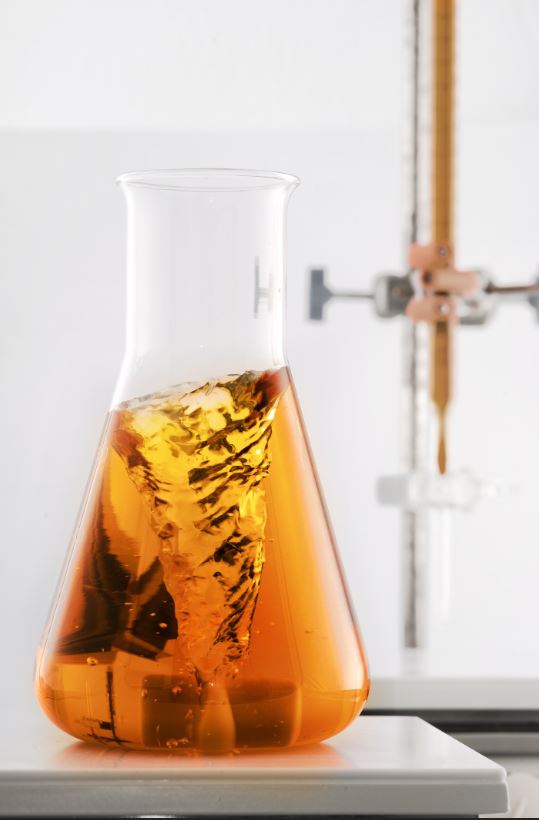 As oil prices continue their recovery, the oil and gas industry’s appetite to invest in developing additional production sources through new exploration and drilling projects remains limited.
As oil prices continue their recovery, the oil and gas industry’s appetite to invest in developing additional production sources through new exploration and drilling projects remains limited.
With constraints on available capital, maximizing production from current wells and existing infrastructure looks set to dominate oilfield activities for the near future.
The approach of stimulating wells with long-established production histories as a method of increasing revenues represents a significant opportunity not just for operators, but also for energy trusts which have acquired portfolios of oil and gas assets without necessarily having in-house exploration or well construction capabilities to call upon.
Stimulating times ahead
Of all the techniques used to coax additional production from wells, the market for multistage hydraulic fracturing has seen the largest growth over the last few years, especially in US land wells.
Yet recent conversations with operators in the region seem to indicate that, in basins dominated by ongoing fracturing activity, smaller independents are finding it increasingly difficult to gain access to the well services they need – with pumping crews and equipment tied up servicing large scale multi-well contracts.
Given the limited availability of workover crews and capital to invest, is there an alternative way for both operators and energy trusts to generate profits from existing assets sooner rather than later?
DEEPA, Cleansorb’s deep matrix acidizing treatment, has been proven to increase well production rates by uniformly increasing the permeability of the rock matrix up to several meters around the wellbore.
In addition to this, DEEPA treatments are also deployed without the fleets of high pressure pumping units necessary for fracturing. Since they are also simpler to mix and place within the wellbore, this means that a small pump truck and two-man team can do the job, making it fast to mobilize and cost-efficient to deploy.
Not all matrix treatments are created equal
With matrix acidizing an attractive proposition, the downturn saw a surplus of treatment acids become more widely available for stimulation jobs. However, it’s important that the advantages of the innovative reservoir chemistry behind DEEPA are fully understood when compared to the standard acids on the market, so that operators can achieve the results they expect.
Importantly, DEEPA is formulated to generate its acid in-situ, and only begins once the treatment fluid has fully permeated the target area of the rock matrix. This is in sharp contrast to conventional acids that react with the rock immediately on contact: a process that can create wormholes at the treatment interface. Use of DEEPA to produce an even distribution of increased matrix permeability can make stimulation a long-term success, without wormholing.

There are additional HSE factors that make DEEPA the preferred alternative to using acids for matrix treatments. It’s low-hazard formulation makes DEEPA safer to store, transport and handle.
Generate revenues to fund the future
The long-term production gains delivered by a single DEEPA treatment have been shown to cover the cost of the job many times over. These revenues can also form an alternative source of funding towards the costs of future field development.
To get today’s wells working harder for your business tomorrow, speak to Cleansorb.
